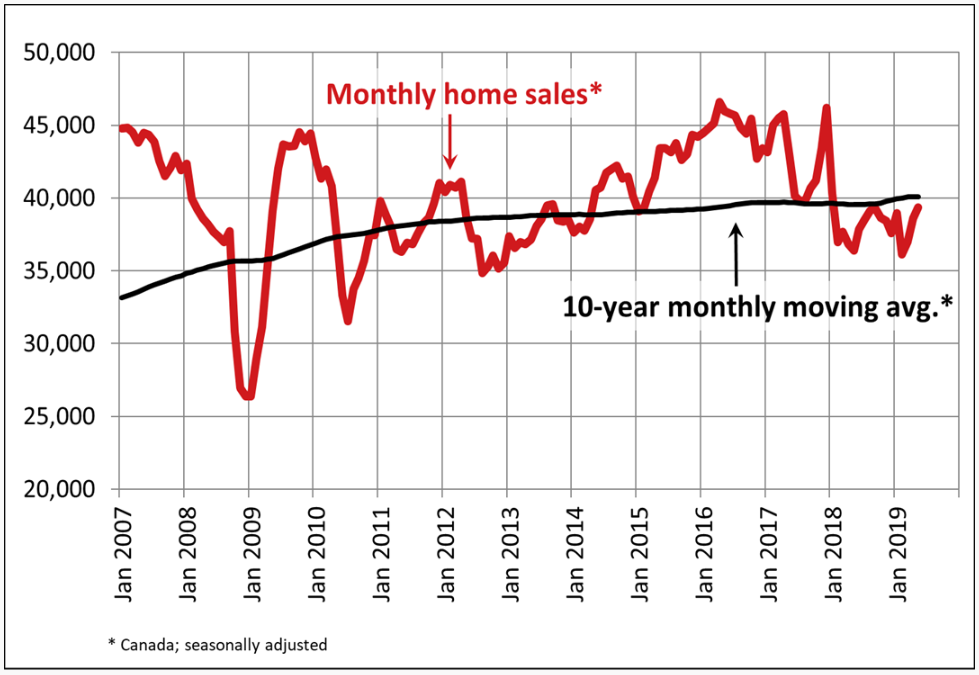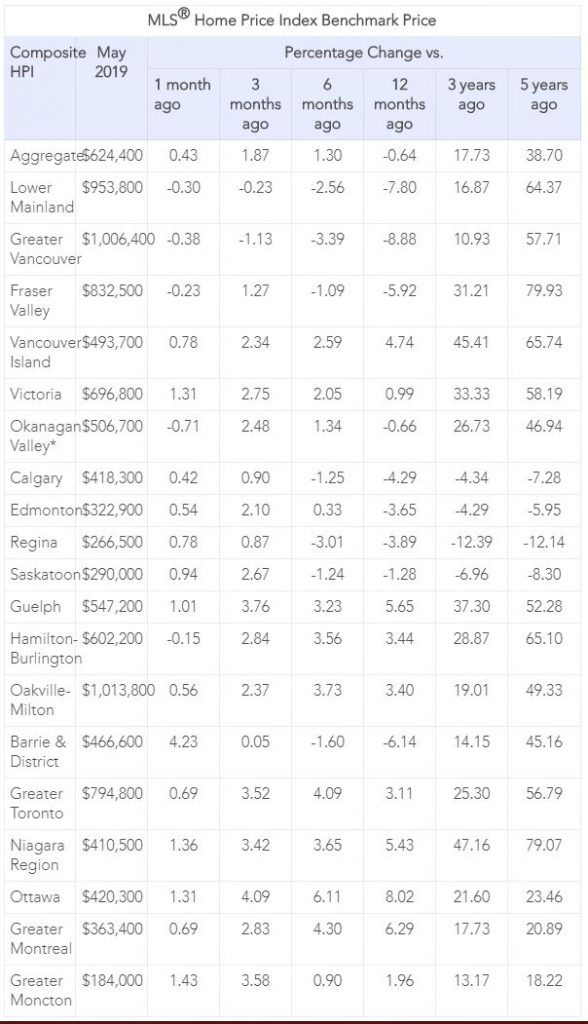DO YOU UNDERSTAND THE B-20 GUIDELINES?
 A new survey has emerged showing that out of 1,901 owners and would be homeowners, 43% (more than two out of five) Canadians are not confident in their knowledge of the mortgage stress tests—despite them being in place for more than a year now.
A new survey has emerged showing that out of 1,901 owners and would be homeowners, 43% (more than two out of five) Canadians are not confident in their knowledge of the mortgage stress tests—despite them being in place for more than a year now.
We wanted to give you a brief set of notes regarding the guidelines. This is something you can use and reference whether you are a first-time home buyer or looking to refinance underneath these new guidelines. It gives a clear picture of what/how you are impacted as a buyer or someone who is looking to refinance.
Here’s what you need to know about B-20:
The average Canadian’s home purchasing power for any given income bracket will see their borrowing power and/or buying power under these guidelines reduced 15-25%. Here is an example of the impact the rules have on buying a home and refinancing a home.
PURCHASING A NEW HOME
When purchasing a new home with these new guidelines, borrowing power is also restricted. Using the scenario of a dual income family making a combined annual income of $85,000 the borrowing amount would be:
| Up To December 31 2017 | After January 1 2018 | |
| Target Rate | 3.34% | 3.34% |
| Qualifying Rate | 3.34% | 5.34% |
| Maximum Mortgage Amount | $560,000 | $455,000 |
| Available Down Payment | $100,000 | $100,000 |
| Home Purchase Price | $660,000 | $555,000 |
REFINANCING A MORTGAGE
A dual-income family with a combined annual income of $85,000.00. The current value of their home is $700,000. They have a remaining mortgage balance of $415,000 and lenders will refinance to a maximum of 80% LTV. The maximum amount available is: $560,000 minus the existing mortgage gives you $145,000 available in the equity of the home, provided you qualify to borrow it.
| Up to December 31, 2017 | After January 1 2018 | |
| Target Rate | 3.34% | 3.34% |
| Qualifying Rate | 3.34% | 5.34% |
| Maximum Amount Available to Borrow | $560,000 | $560,000 |
| Remaining Mortgage Balance | $415,000 | $415,000 |
| Equity Able to Qualify For | $145,000 | $40,000 |
Source (TD Canada Trust)
These guidelines have been in place since January 1, 2018 and we are starting to see the full impact of them for both buyers and those looking to refinance. Stats are showing that there is a slowdown in the real estate market, however there is also a heightened struggle for many buyers to now obtain approval under these new guidelines. It’s a difficult situation as the cry for affordable housing is still ongoing as the new guidelines may slow down the market but appear to further decrease the borrowing/buying power of individuals.
Keep in mind, this is just a brief refresher course on the B-20 guidelines. As always, if you have more questions or are looking for more information, we suggest that you reach out to your Dominion Lending Centres mortgage broker to discuss and get a full and detailed look at how it will impact you personally.





